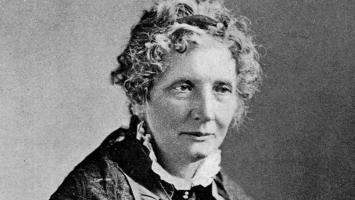Top 7 Interesting Facts about Harriet Tubman
In the second part of the 19th century, Harriet Tubman was a well-known figure. The exploits of a small black woman in America who was referred to by her ... read more...people as "Moses" piqued the interest of a large number of people in England, Ireland, Scotland, and Canada. The Emersons, the Alcotts, Oliver Wendell Holmes, and James Russell Lowell, among others, listened to her graphic descriptions of slave life and assisted her in her work. Here are some interesting facts about Harriet Tubman.
-
Around 1820, Harriet Tubman was born on a Maryland estate in Dorchester County. She was given the names Araminta Ross and "Minty" by her parents, Benjamin Ross and Harriet ("Rit") Green. Rit was a cook in the "great house" of the property, while Benjamin was a lumberjack. In honor of her mother, Araminta later changed her first name to Harriet. Tubman began working at the age of six, first as a maid and then in the fields, where he was subjected to cruel treatment and harsh working conditions.
After fleeing slavery, she took on her mother's name; her first marriage to the free black man John Tubman in 1844 gave rise to her surname. Her status as a slave, which she inherited from her mother, hampered this blended marriage, but it was not unusual. On Maryland's Eastern Shore, half of the black population was free at this point.
She was employed as a muskrat catcher, weaver, and nurse at a young age by various families. She received numerous punishments, one of which was a severe head injury. Tubman frequently visited Maryland to free her family and numerous other slaves. She rose to prominence as the most well-known "conductor" on the Underground Railroad, making at least thirteen trips into a region where slavery was practiced between 1850 and 1860 to help as many as 70 slaves escape to freedom.
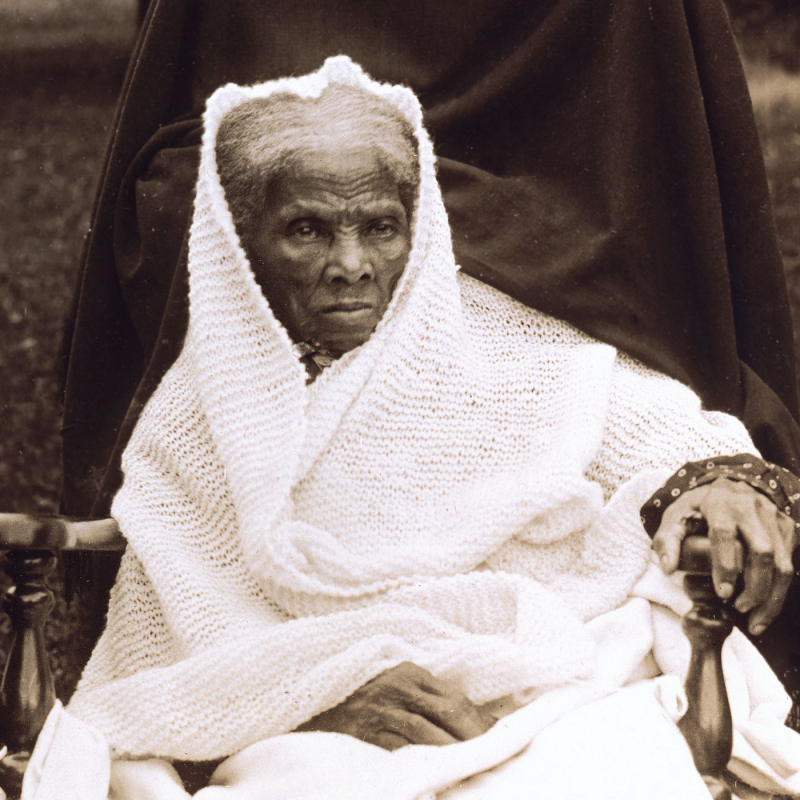
Photo: Vox 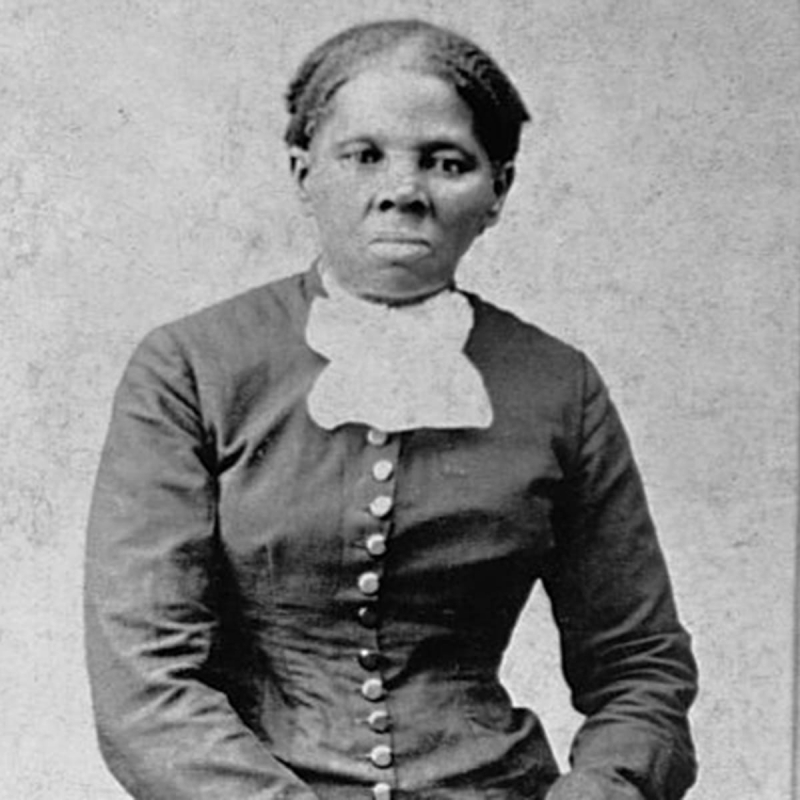
Photo: bio. Biography.com -
It ought to have been a simple task. It is one of the interesting facts about Harriet Tubman. On his way to a dry goods store on a mission, Tubman bumped upon another slave there - a runaway who had escaped his plantation without authorization.
A defiant Tubman declined to assist in the slave's restraint when the overseer ordered it. The supervisor grabbed a two-pound weight off the counter and tossed it at the fleeing man, but it missed and struck Harriet in the head with a terrible blow. It took her a long time to recover from this, and it has left her prone to episodes of lethargy or stupor that sometimes overtake her in the middle of a discussion or other activity and send her into a deep sleep. She will soon wake up and resume her work or conversation.
Instead, Harriet was hit, and she said it "shattered my head." She had convulsions, chronic headaches, and vivid nightmares. Tubman viewed the visions as divine revelations, which informed her intense religion and fervent faith and served as a source of inspiration for her numerous rescue missions that saw her leading other slaves to freedom.
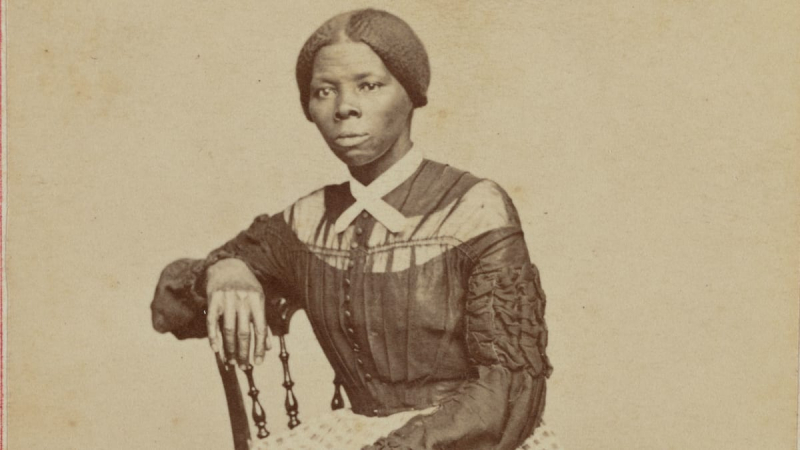
Photo: www.history.com 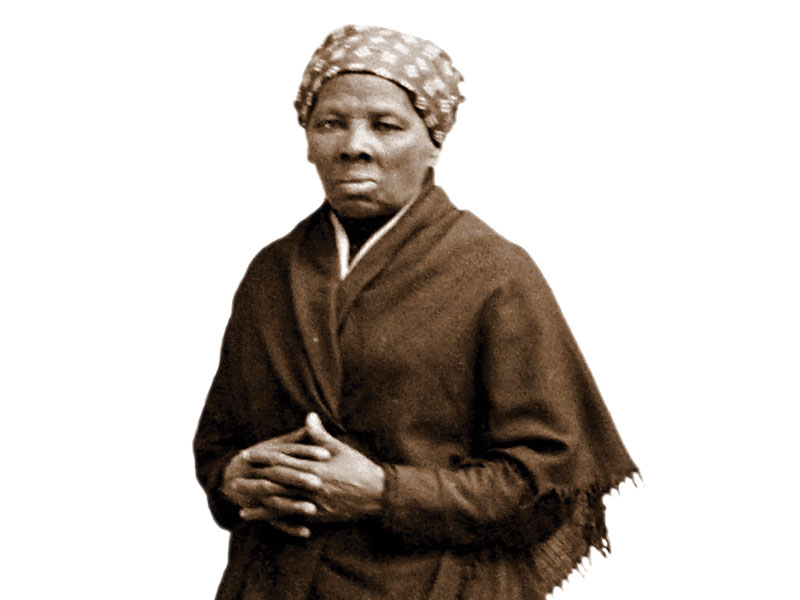
Photo: Harriet Tubman Byway -
Soon after the war began in 1861, Tubman traveled south with a group of fellow abolitionists to help enslaved persons who had managed to flee to safety behind Union lines. Working in a number of camps in Union-held areas of South Carolina, Tubman quickly became familiar with the terrain and offered her services to the army as a spy, heading a team of scouts that mapped out a large chunk of the area. When Tubman personally accompanied Union soldiers in their nighttime raid at Combahee Ferry in June 1863, her reconnaissance work lay the groundwork for one of the war's most daring operations. This is one of the interesting facts about Harriet Tubman.
While evading gunfire and artillery rounds from slave owners and Confederate soldiers rushing to the scene, Tubman and her party successfully freed more than 700 enslaved persons working on surrounding plantations after steering Union boats through the mine-filled seas and arriving ashore.
The raid's success, which had also included the valiant efforts of African-American soldiers, heightened Tubman's notoriety, and she went on to participate in related operations with the renowned Massachusetts 54th Infantry before caring for wounded soldiers during the war's last years. A newly established Black feminist organization with the name Combahee River Collective chose it in commemoration of Tubman 100 years after her accomplishments in South Carolina. This also honors Tubman's later work as a strong supporter of women's suffrage.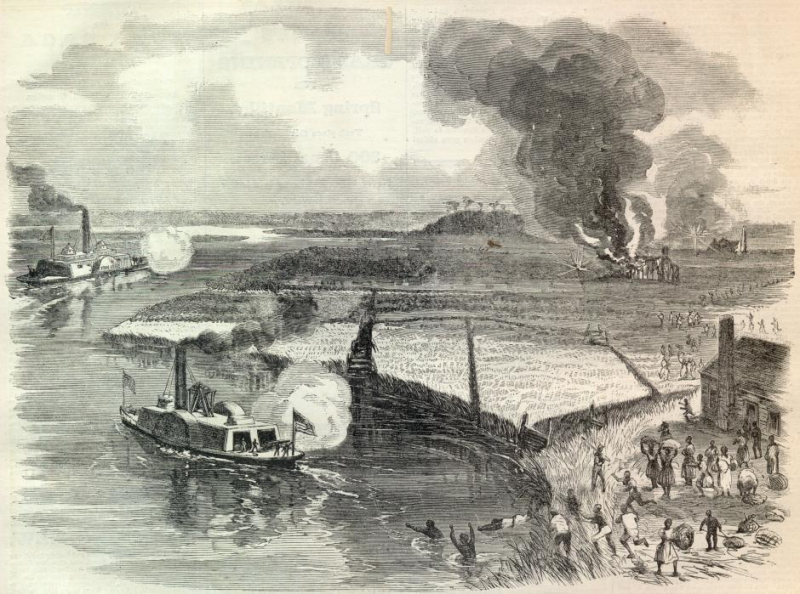
Photo: Wikimedia Commons Video: CHWMAAH -
The Fugitive Slave Act, passed by Congress in 1850 and harshly punishing individuals who aid fugitive slaves, made Tubman's employment as an Underground Railroad "conductor" highly perilous. The bounty on her head was at least $12,000, or $330,000 in today's dollars.
18 excursions to the south were made by Tubman between 1851 and the start of the Civil War. She employed a number of deceptions to avoid being caught; on one occasion, Tubman carried two live chickens while sporting a bonnet to give the impression that she was conducting errands. When morale was low, Tubman pointed a gun at the head of a runaway slave and said, "You go on or you die." She was not afraid to use it.
Another tool Tubman used to create hidden messages for other visitors was his spirituality. Although the local slave owners were aware that "Minty," a small, crippled slave who stood five feet tall, was to blame for the escape of many of their slaves, neither Tubman nor any of the fugitives she led were apprehended.
She advised slaves to escape on Saturdays because masters took Sundays off and wouldn't discover their missing slaves until Monday, giving the slave a two-day head start. In the winter, when the days are shorter, she also loved to relocate. There have been reports of her assisting up to 3,000 slaves.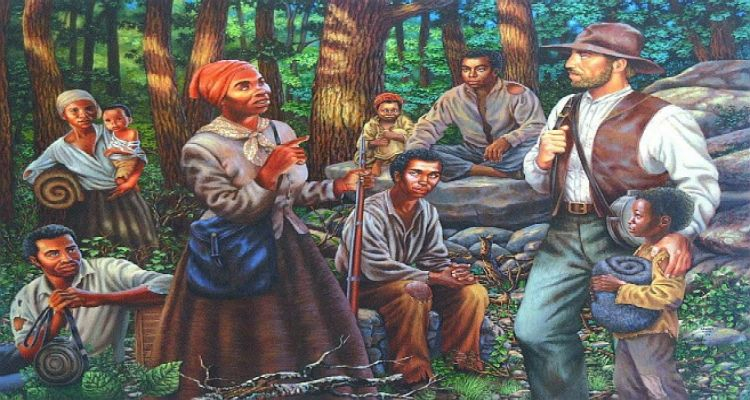
Photo: Pinterest 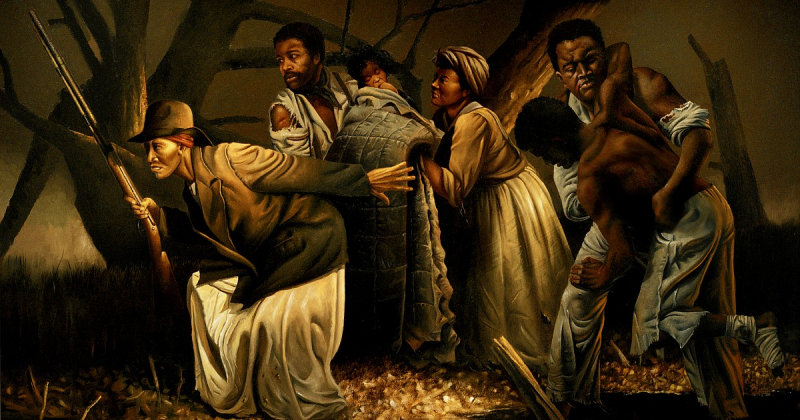
Photo: Coeur d'Alene Press -
The assertion (first cited in a 19th-century biography) that Tubman guided more than 300 enslaved persons to freedom over the course of 19 trips is one of the most convoluted misconceptions about her. Despite never using this figure, Tubman believed that by 1860, she had saved about 50 persons, most of whom were family members.
In the decade leading up to the Civil War, historians today think that she was probably personally responsible for guiding some 70 people to freedom along the Underground Railroad. Additionally, it's doubtful that Tubman was ever the target of a major bounty during her time as an undercover agent, much less one for tens of thousands of dollars, as several media stated.
It's unlikely that Tubman's former owners or the owners of the enslaved persons she freed ever learned that the person smuggling their slaves off was the lady formerly known as Minty Ross. After Tubman's initial attempt at escape in September 1849, her owner, Eliza Brodess, placed an advertisement in a Maryland newspaper offering a "prize" for her capture. For the apprehension and return of Tubman and her two brothers, Brodess paid $300.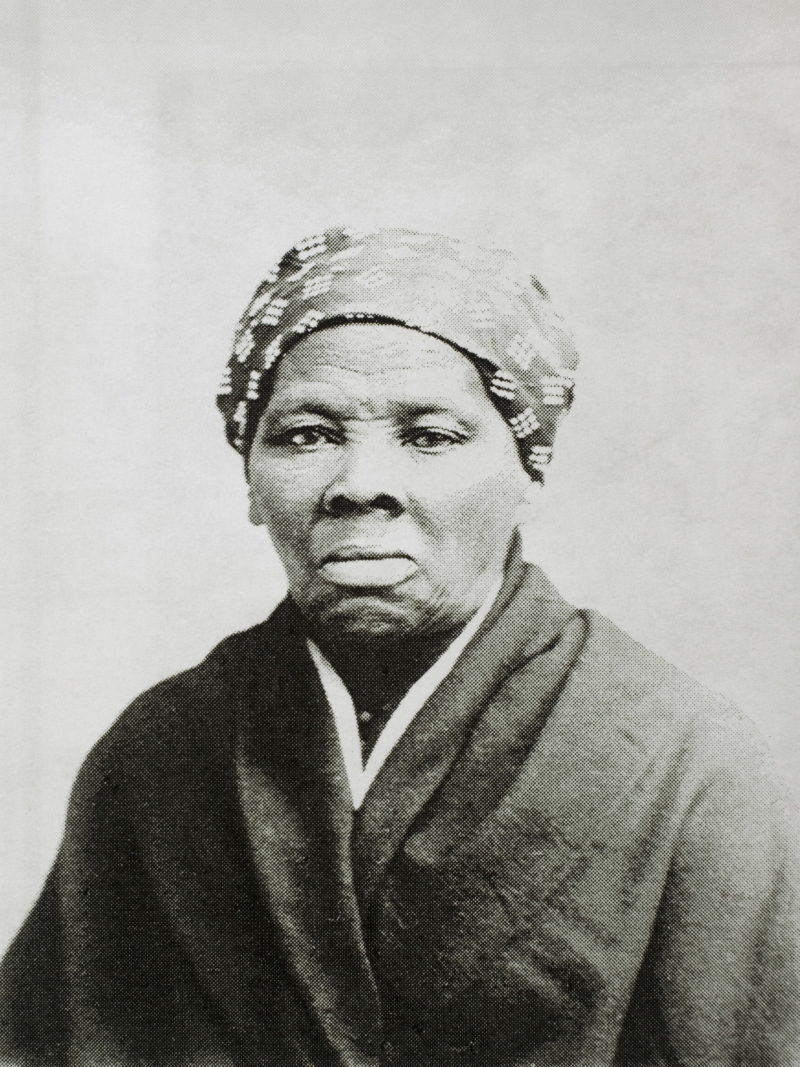
Photo: TIME Video: History in Five -
Harriet Tubman served as a healer, scout, and spy for the Union throughout the war, however, she is most remembered for leading slaves to freedom on the Underground Railroad and for her civil rights work after the war. Soon after the war began in 1862, Tubman traveled to South Carolina with a group of Northern abolitionists. There, she cared for hundreds of newly freed slaves who flocked to Union camps during the conflict as well as black troops.
During the battle, Tubman served as a nurse, treating the ill and injured. Dysentery, a condition characterized by excruciating diarrhea, claimed the lives of numerous hospital patients. If she could locate any of the same roots and herbs that thrived in Maryland, she was confident that she could assist treat the illness, an interesting fact about Harriet Tubman. By boiling water lily roots and other herbs to create a bitter-tasting beverage, Tubman used her knowledge of flora to create a remedy for the disease, which she subsequently administered to a dying man. The treatment was effective, and the patient gradually made a full recovery.
Because Tubman was illiterate, much of her efforts during the Civil War were described by others in the form of accolades. In a letter from 1864, Henry Durrant, the assistant surgeon in charge of the Unions Contraband Hospital in Beaufort, South Carolina, stated that he had known Harriet Tubman for nearly two years. "I frequently and frequently have the opportunity to watch her general demeanor, particularly her sympathy and concern to the sick and suffering of her own race, thanks to my job as a medical officer in charge of contrabands in this town and in hospitals", he said.
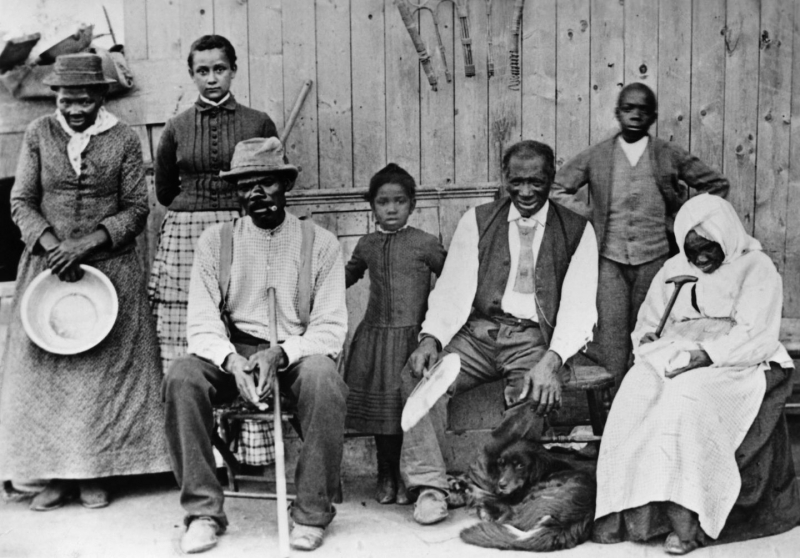
Photo: The Boston Globe 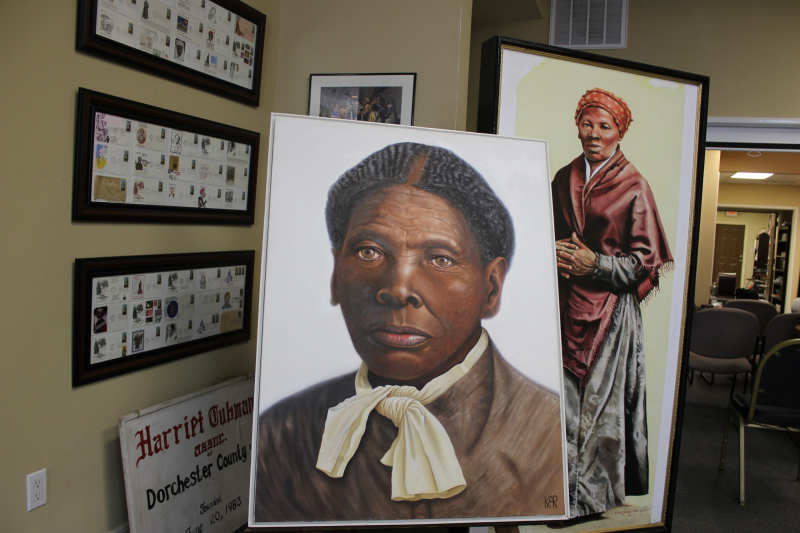
Photo: Capital News Service -
Susan B. Anthony and Emily Howland, two prominent women's rights activists, collaborated with Tubman. She spoke about her Civil War experiences and the sacrifices made by other women throughout modern history to advance the cause of women's voting rights while traveling to New York, Boston, and Washington.
One of the bravest "conductors" on the Underground Railroad, Harriet Ross Tubman helped more than 300 slaves, including her parents, escape to freedom before the Civil War. Later, she worked for the Union as a nurse, spy, and scout. Elizabeth and Anne Miller, whose scrapbook this rare snapshot, most likely taken in 1911, is in, hosted suffrage gatherings in nearby Geneva, where Tubman attended after relocating to Auburn, New York. Friends of Tubman helped pay for the local author and teacher Sarah Hopkins Bradford to write her biography in order to provide her a more steady livelihood.
By creating a story that focused on her function as a conductor on the Underground Railroad, Tubman gave legitimacy to the fight for women's rights. In 1896, she delivered the inaugural keynote address for the recently founded "National Federation of Afro-American Women."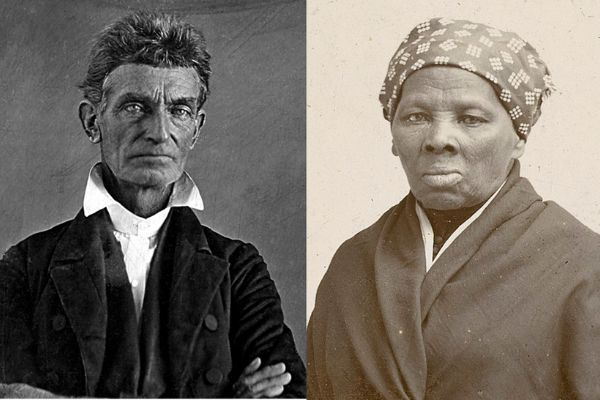
Photo: Brutal South - Substack 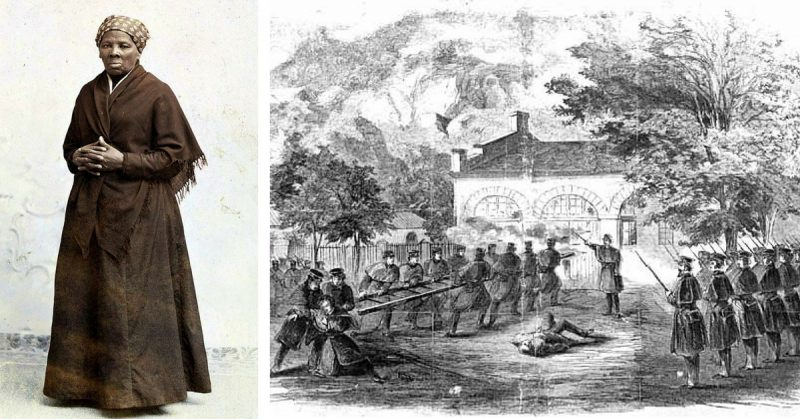
Photo: War History Online









